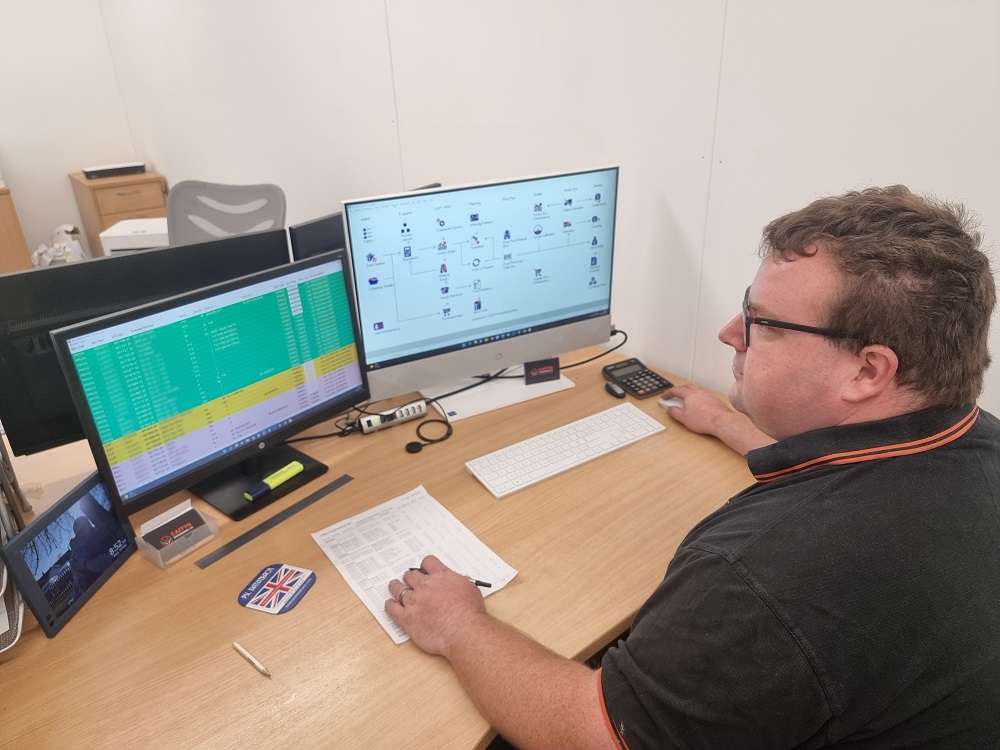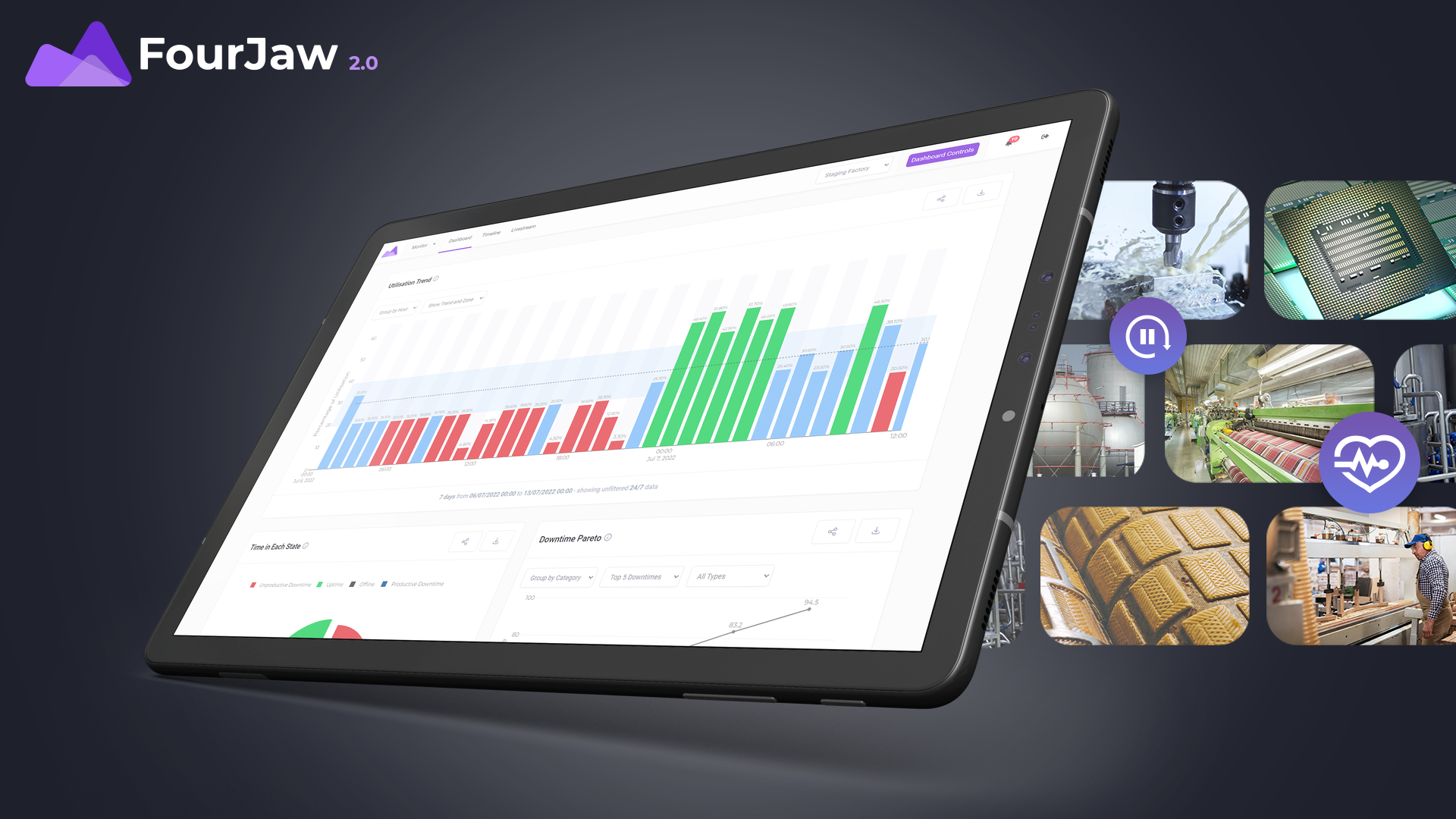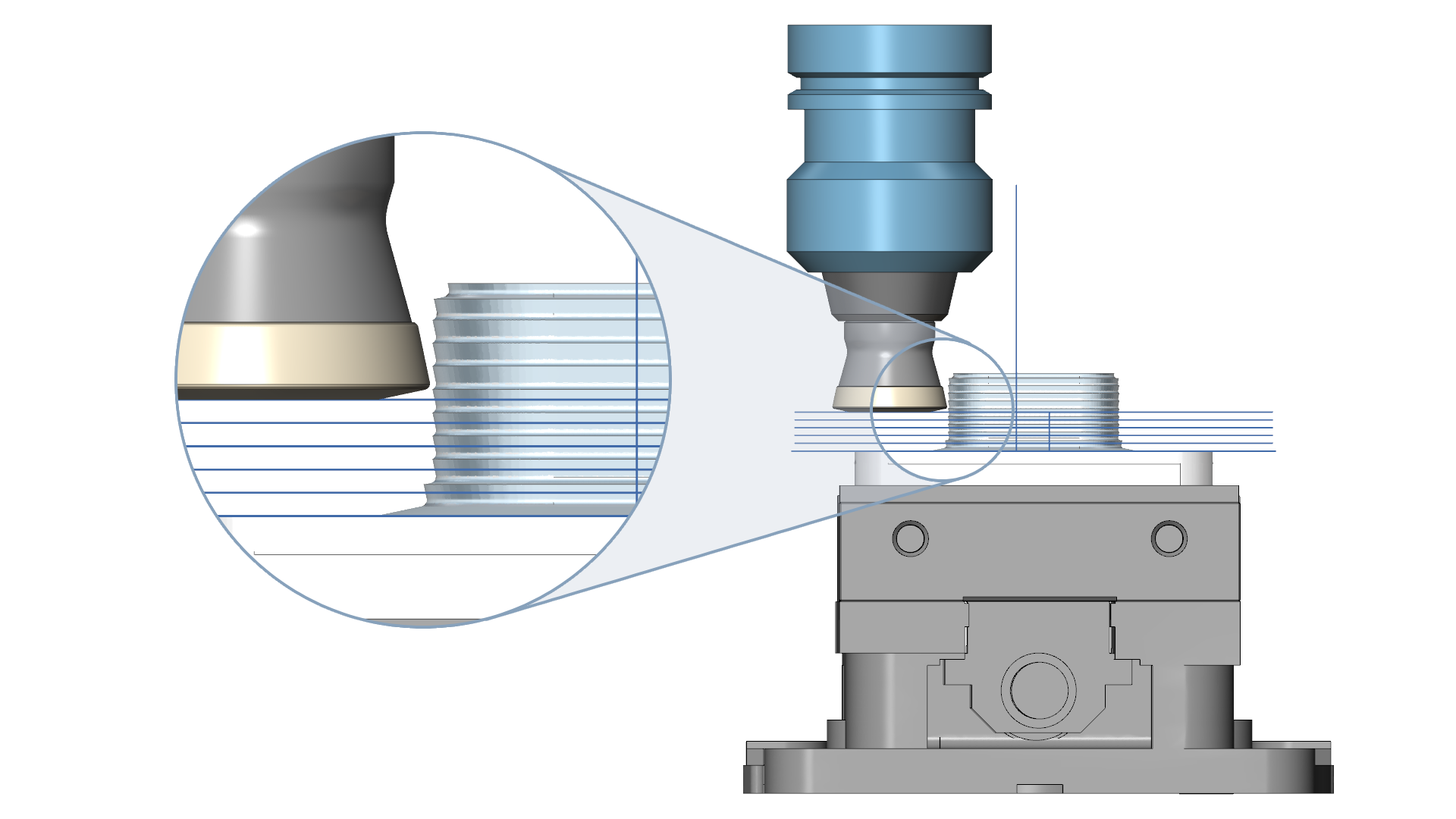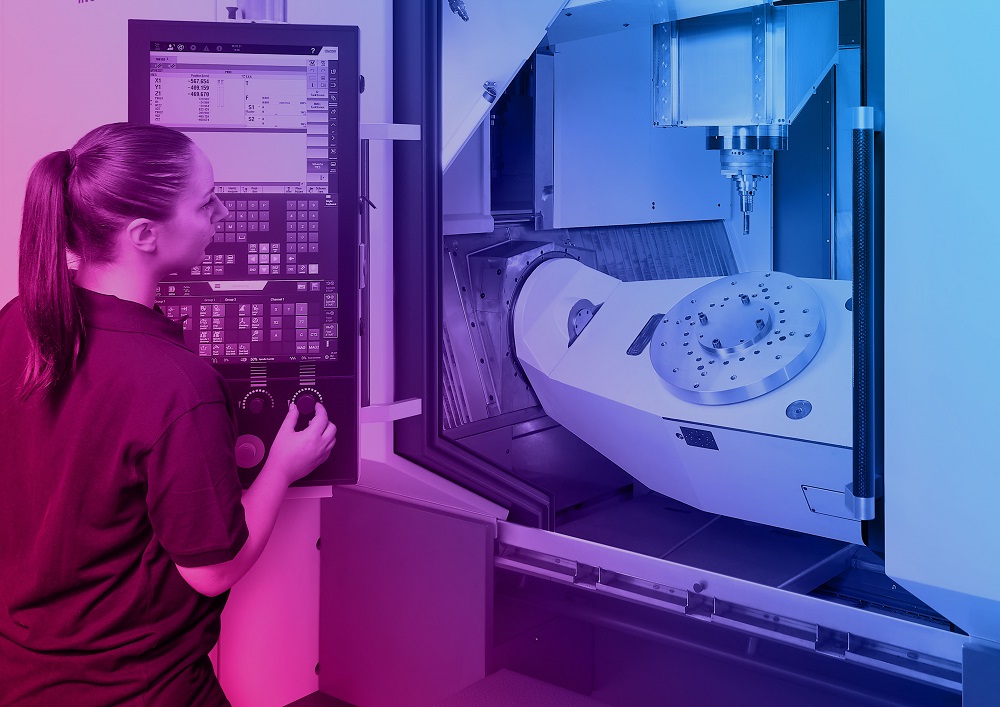Oxfordshire-based Caffyn Engineering, established in October 2020 during the Covid-19 pandemic, provides subcontract CNC engineering services to a wide range of sectors. One of managing director Charlie Caffyn’s first major decisions was to invest in PSL Datatrack production control software.
With extensive experience in the precision engineering industry, Caffyn was already a seasoned user of PSL Datatrack.
“I was determined to build the business around first-class customer service and using PSL Datatrack to run it from the outset was vital, and a no-brainer for me in terms of investment,” he says. “It’s easy to use, tracing and controlling every order from quotation to invoice, and showing me exactly what’s happening on the shop floor.”
Caffyn knew that the system would ensure efficient shop-floor activity and provide him with full visibility over material and production planning, enabling the company to meet one of its primary goals: on time deliveries.
“We have a very good reputation as far as delivering on our promise is concerned,” he says. “Moving forward, PSL Datatrack will play an even greater role in keeping this intact.”
In less than a year the company had already moved to larger premises in Watlington. To cope with extra business, Caffyn Engineering has also taken on more staff and invested in two new CNC milling machines, a CMM and a bandsaw alongside its existing Hurco CNC lathe and three-axis machining centre.
Caffyn Engineering is now looking towards ISO 9001 accreditation and the investment already made in PSL Datatrack will play a key role in achieving this ambition, with its emphasis on traceability and quality throughout the entire production process. As the business continues to grow, it is possible to seamlessly add and integrate further modules with existing ones.
For further information www.psldatatrack.com



















